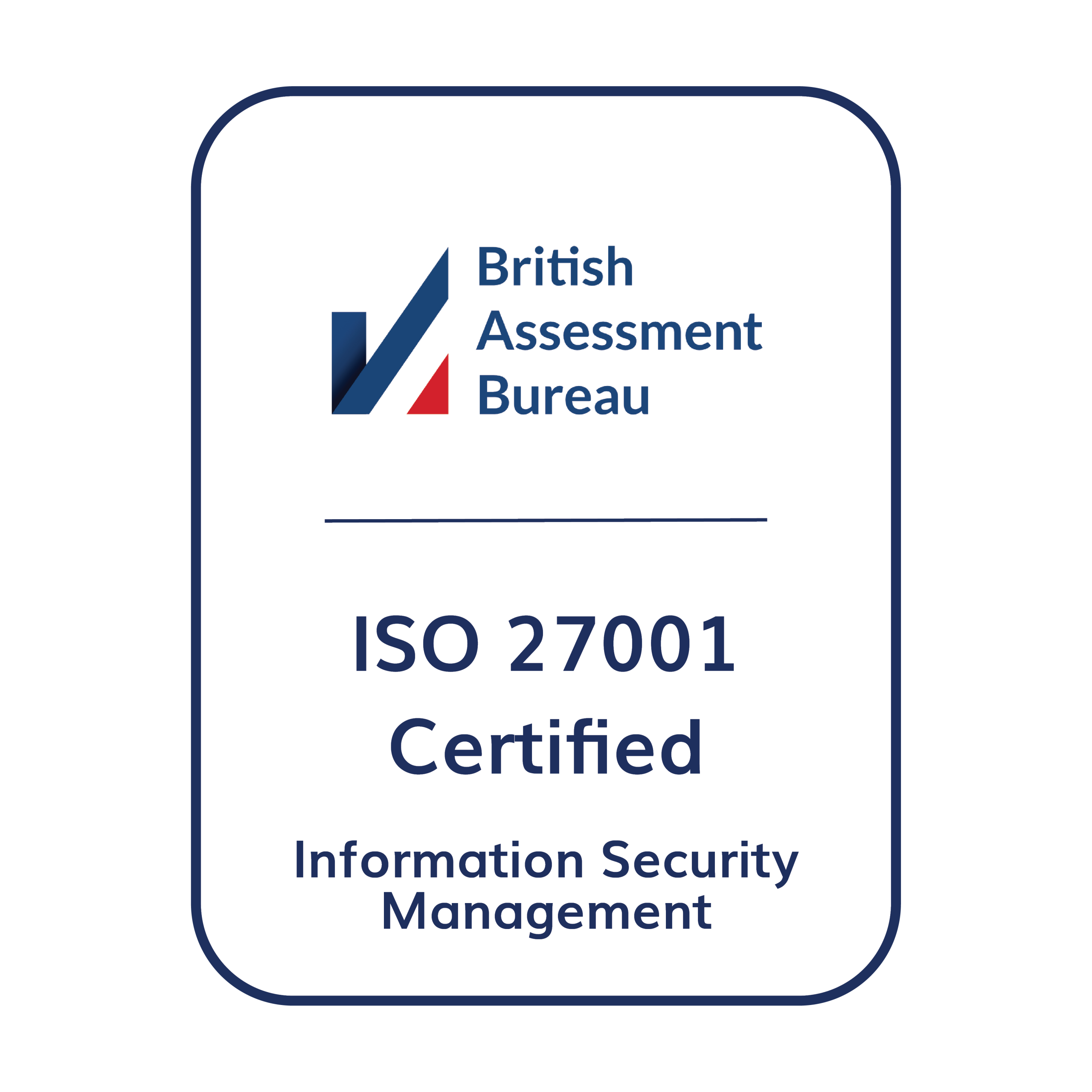Why Compare Instant Alerts to Traditional Reports?
When it comes to penetration testing, businesses in the UK and globally are faced with an important choice: stick with traditional, point-in-time testing and static reports, or shift to modern penetration testing as a service (PTaaS) platforms that deliver instant vulnerability alerts. This decision means more than choosing between two reporting formats. It is a strategic move that affects operational efficiency, financial outlay, response times, and, ultimately, your ability to prevent breaches.
Let us delve into the real, often hidden, costs behind both options and see which approach delivers better value for your security investment.
Traditional Penetration Testing: The Known and the Hidden Costs
Penetration testing traditionally operates as a project-based engagement. You scope out the systems, the pentesting team comes in, and after a set period, delivers a lengthy PDF report cataloguing vulnerabilities, risk scores, and suggested remediation steps.
Direct Costs
The upfront fee for a traditional penetration test can range widely. For standard web application or internal network assessments, you are likely looking at between £1,600 and £12,000 per engagement. The cost can rise above £16,000 for more complex environments or bespoke testing. Pricing is influenced by the number of assets, scope complexity, and the reputation of the testing provider. (Learn more about pentesting)
Operational and Resource Costs
But the true costs reveal themselves after the invoice. Traditional approaches bring hidden operational burdens that often go unnoticed:
- Vulnerability Triage: Internal teams average over an hour reviewing each finding, aligning them to risk priorities and assigning remediation owners. Over the course of a test with tens or hundreds of findings, this can quickly add up to approximately 29 hours of staff time per engagement.
- Manual Validation: PDF reports often lack actionable context or real-time verification, so IT teams may spend as much as 30 additional hours re-testing, verifying, and contextualising each vulnerability.
- Pentester Coordination: Collaborating with external pentesters, interpreting recommendations, seeking clarifications, and managing remediation feedback loops takes another 4-5 hours per project.
These costs recur every time you run a test, multiplying exponentially if you are running regular quarterly or monthly engagement cycles to meet compliance or client expectations.

Time to Remediation and Business Risk
One of the most significant costs is the time lag in remediation. Traditional reporting creates a delayed window, findings are handed over 1–3 weeks after the testing phase ends. During this period, vulnerabilities are both known (to you) and exploitable (by threat actors), increasing the risk of a breach or compliance violation. In a sector where regulatory penalties, GDPR obligations, and brand reputation are at stake, this delay is not just a technical gap; it is a business exposure.
Instant Vulnerability Alerts: The PTaaS Value Proposition
Penetration Testing as a Service (PTaaS) has emerged to challenge the status quo. These platforms are designed for real-time security validation, offering organisations instant insights into vulnerabilities as soon as they are discovered, directly through cloud-based dashboards.
Subscription-Based Predictability and Lower Direct Costs
With PTaaS, businesses typically switch to a subscription pricing model. This means no more shock invoices or unpredictable budgeting spikes. Studies show a 31% reduction in overall direct testing costs through PTaaS platforms compared to traditional methods. The ability to schedule, reschedule, and retest on demand supports agile development and DevSecOps workflows without the fear of project overruns.
Operational Efficiencies and Resource Optimisation
- Automated Triage and Reporting: AI-powered platforms automate preliminary analysis, risk scoring, and remediation advice. This slashes the time IT and security teams must dedicate to the post-test process.
- Real-Time Collaboration: Direct messaging with pentesters eliminates emailing back and forth, reduces ambiguity, and keeps remediation workflows moving.
- Live Vulnerability Streams: Instead of waiting weeks for a report, vulnerabilities pop up in your dashboard as they are found, so your teams can act immediately.
The transformation is remarkable: on average, organisations spend only a fraction of the internal time per test previously dedicated to triage and validation. Findings can be assigned, tracked, and closed in real time, reducing the window of exposure and ensuring compliance evidence is always up to date.

Time to Remediation: A Security Gamechanger
Perhaps the most tangible benefit of instant alerts is the sharpening of your entire security posture. By dramatically shortening the gap between vulnerability discovery and fix, the business exposure to successful attacks decreases. PTaaS empowers teams to remediate the most critical issues quickly, days to weeks faster than traditional cycles.
Side-by-Side Cost Comparison
| Cost Factor | Traditional Penetration Testing | Instant Vulnerability Alerts (PTaaS) |
|---|---|---|
| Direct Testing Costs | £1,600 – £16,000+ per test | 31% lower |
| Resource Hours (per pentest) | ~29 internal hours | Significantly reduced |
| Vulnerability Validation Time | Up to 30 hours | Real-time, interactive validation |
| Pentester Management | 4-5 hours per test | Minimal, platform-managed |
| Time to Remediation | 1–3 weeks delay post-testing | Immediate |
| Reporting Format | Static PDF, resource intensive | Dynamic dashboard, actionable insights |
| Scalability Costs | Increases with testing scope | Efficient platform scaling |

Real World Impact: Continuous Value, Not Just Point-in-Time Results
Over multiple testing cycles, such as in fast-moving SaaS and financial environments, the cost advantages of instant vulnerability alert systems multiply. Instead of “resetting the meter” for every new project, PTaaS spreads the capability across continuous testing, unlimited retesting, and security assurance on demand.
The reduced cycle time for identifying and fixing vulnerabilities also translates to lower incident response costs. By catching and resolving issues before they spiral into breaches, businesses reduce the risks of regulatory penalties, enterprise downtime, and brand damage.
When Each Approach Makes Sense
Neither approach is obsolete. Here is a practical guide for deciding what is right for your business:
Opt for Traditional Penetration Testing If:
- You need a highly detailed, point-in-time assessment to meet stringent client or regulatory documentation requirements
- Your environment involves highly bespoke or sensitive hardware and software that PTaaS portals may not fully address
- You require a fully tailored engagement with deep manual verification for unique, complex systems
Opt for Instant Vulnerability Alerts (PTaaS) If:
- You operate in a fast-paced sector where continuous deployment and change are the norm
- You manage multiple cloud applications or assets needing regular security assurance
- Your business values rapid remediation, efficiency, and the allocation of IT resources to proactive rather than reactive actions
- You want a lower, more predictable security budget with maximum value per pound spent
For a primer on penetration testing, see our explanation of pentesting and why businesses need it.
Final Thoughts: Modernise with Purpose
The choice between instant vulnerability alerts and traditional pentest reporting is not just a technical decision, but a strategic investment in your organisation’s resilience. The numbers show that PTaaS and instant alerting can reduce costs, speed up fixes, and free your security team to focus on higher value work. Traditional testing still has its place, particularly for complex, high-assurance scenarios. The forward-looking business will blend both, using traditional process for compliance “anchors”, and PTaaS for agility and continuous risk reduction.
If you are evaluating your next steps in vulnerability management or want to learn how to modernise your approach with a blend of traditional and real-time solutions, reach out to EJN Labs. Our team can guide you through your options and help maximise the impact of every security pound you invest.











Leave a Reply